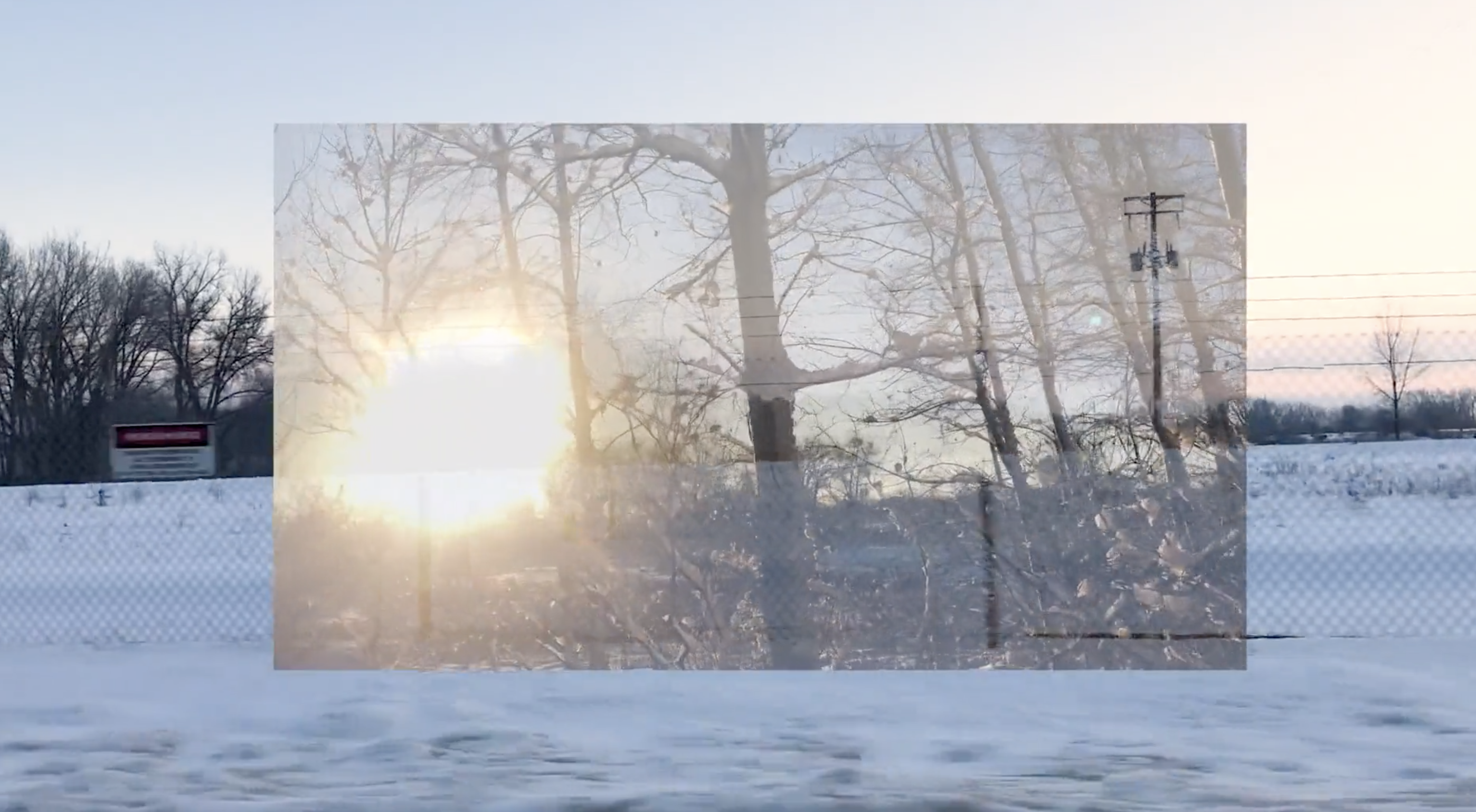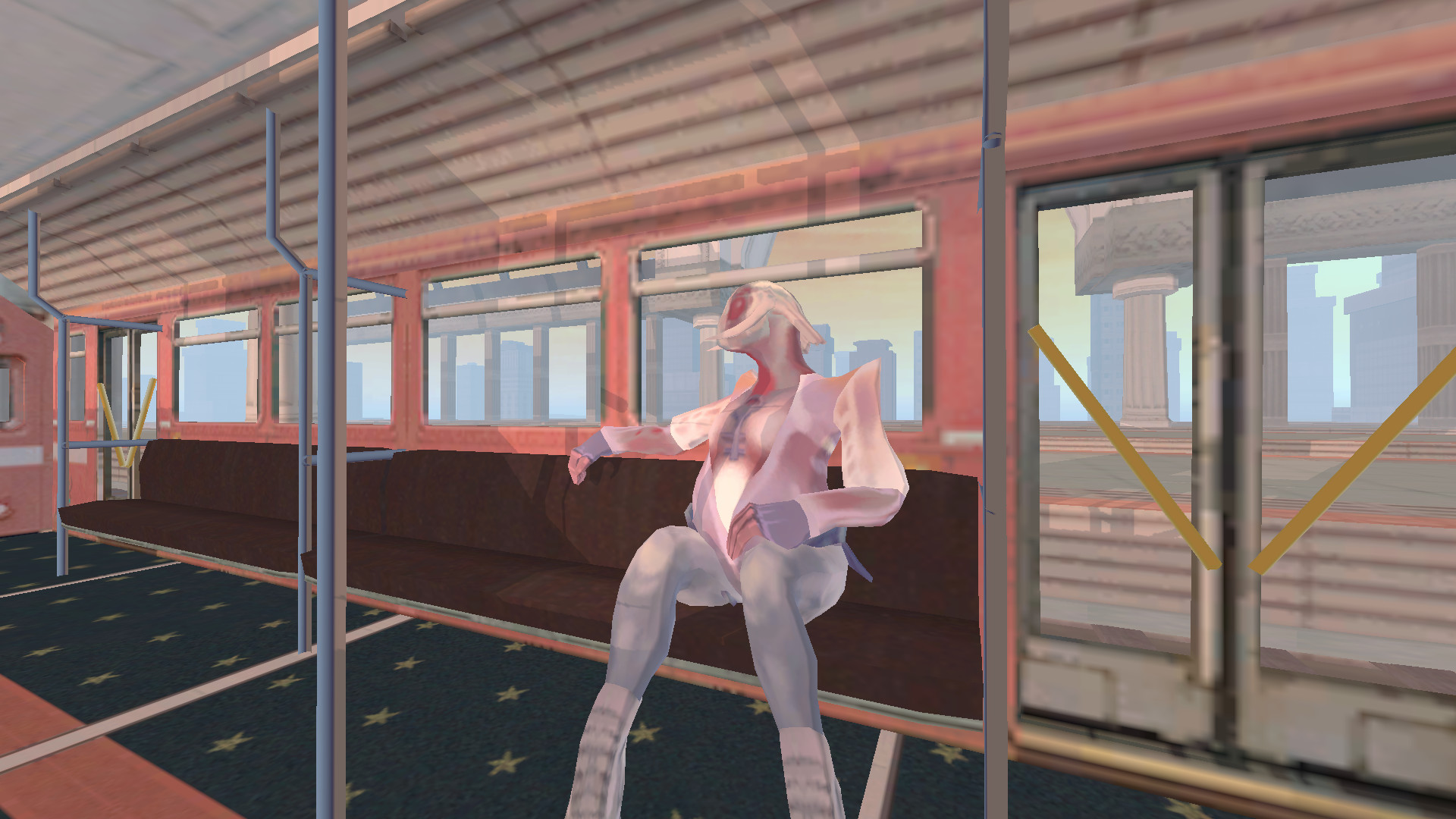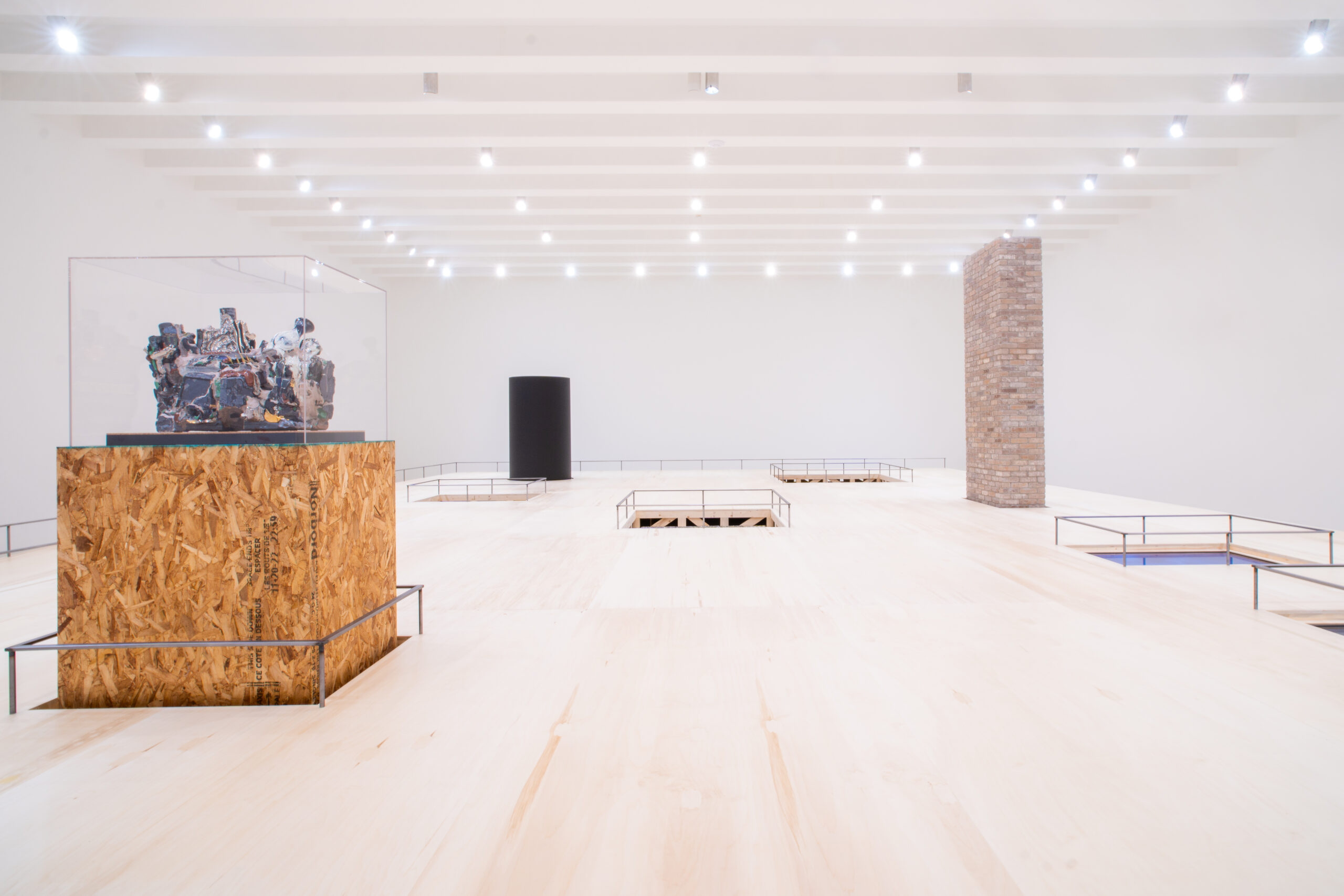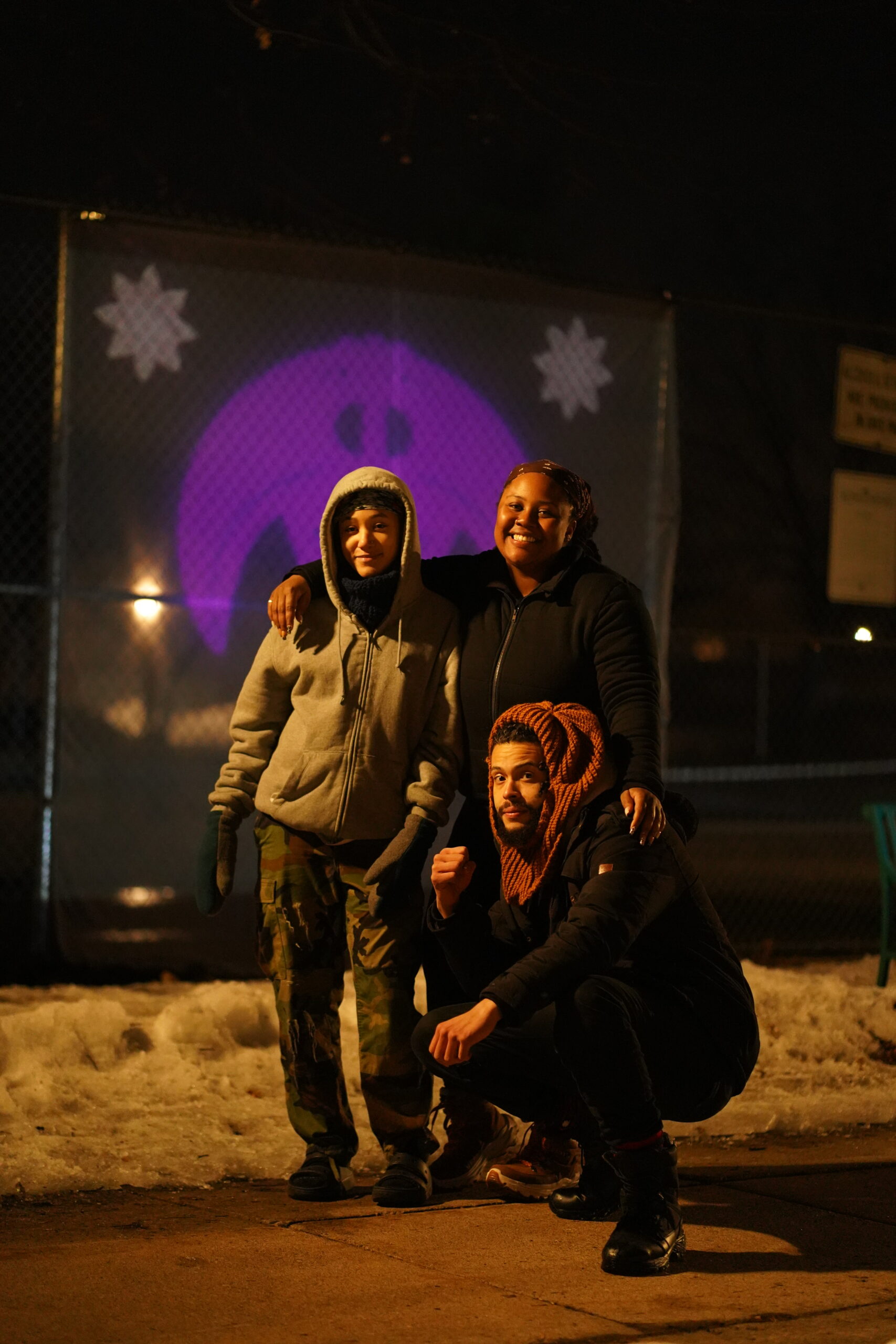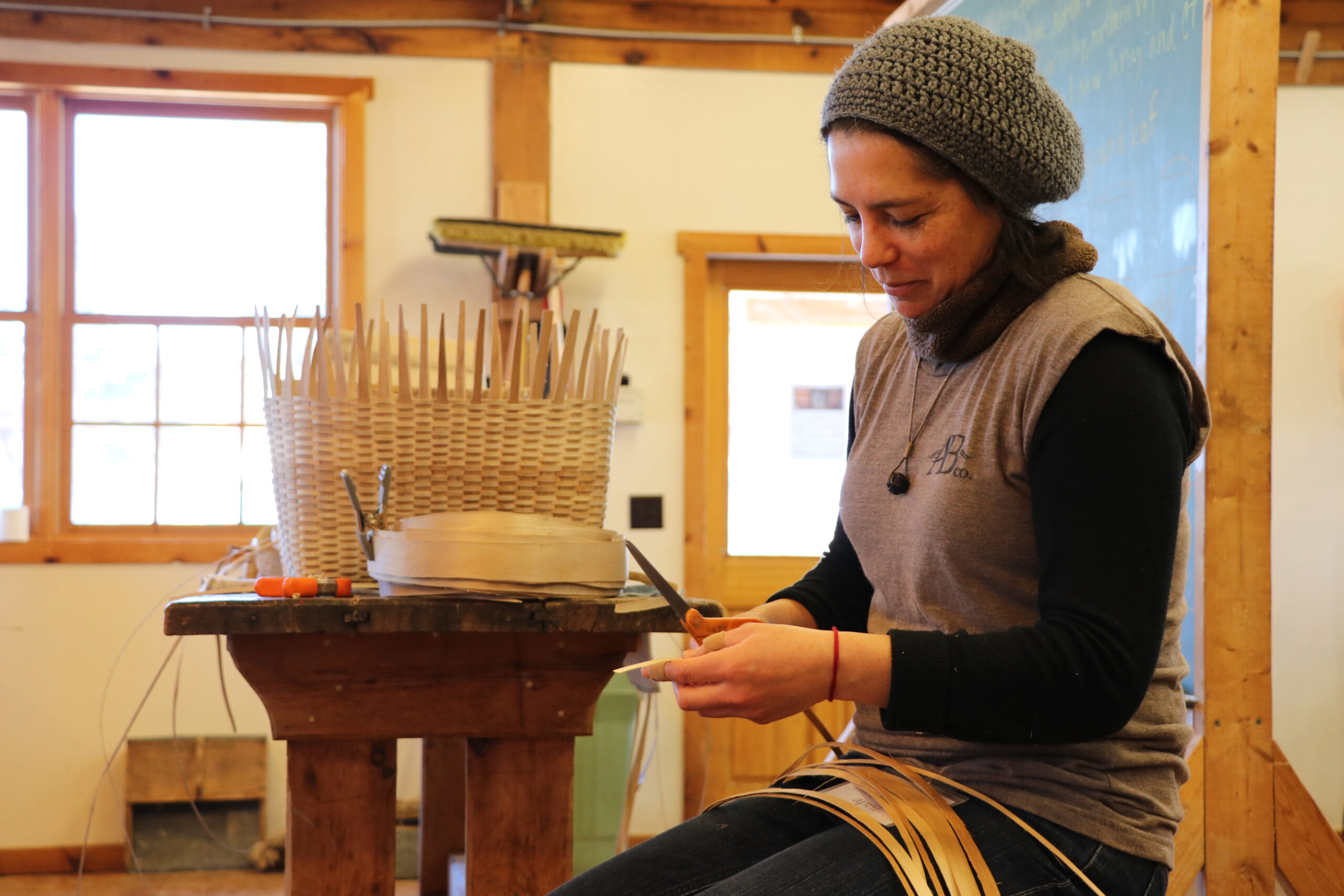
Series:
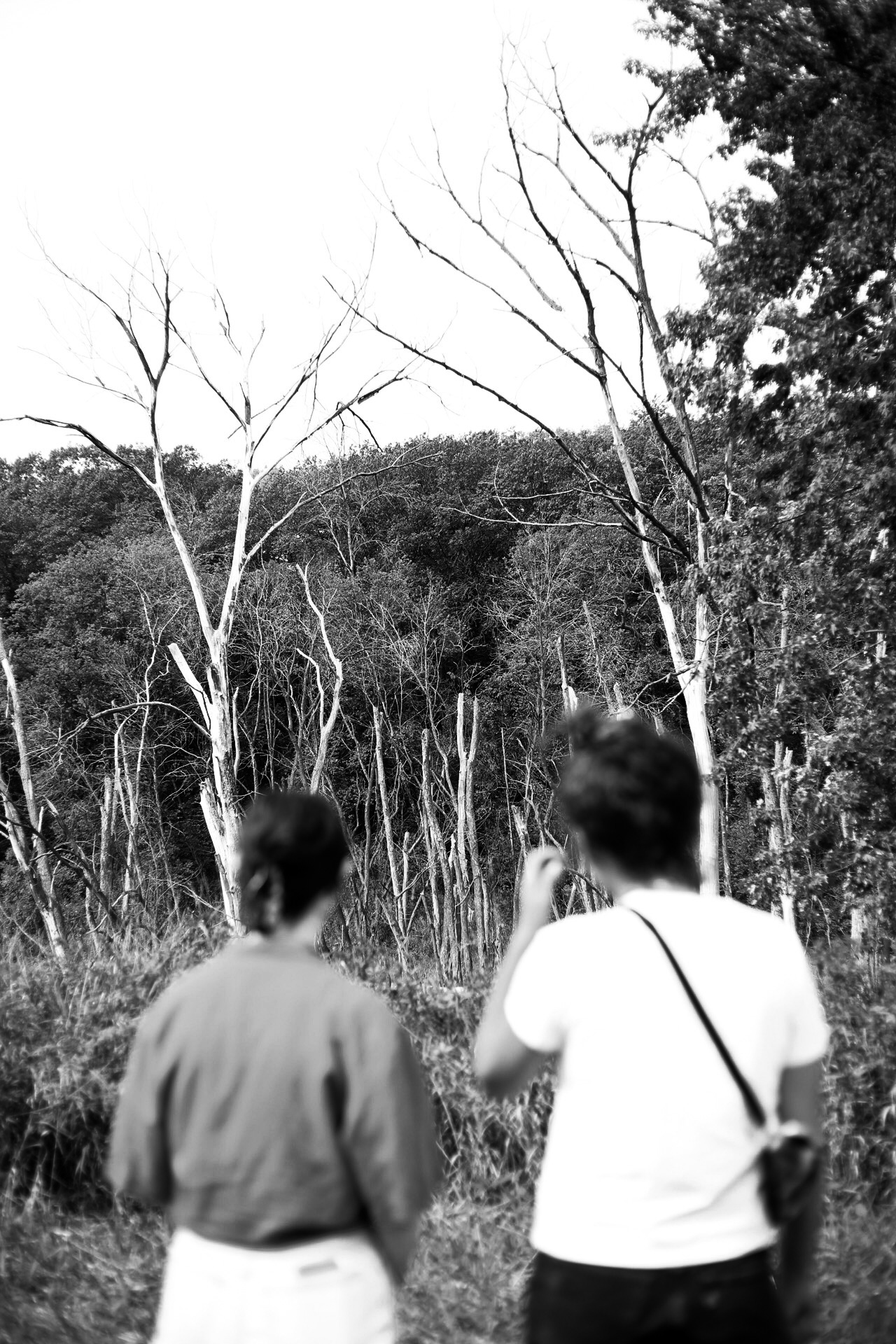 Series: Sites SpecificGuest Editor
Series: Sites SpecificGuest EditorMike Curran
 Series: Sites SpecificGuest Editor
Series: Sites SpecificGuest EditorMike Curran
 Series: Sites SpecificGuest Editor
Series: Sites SpecificGuest EditorMike Curran
 Series: Sites SpecificGuest Editor
Series: Sites SpecificGuest EditorMike Curran
 Series: Sites SpecificGuest Editor
Series: Sites SpecificGuest EditorMike Curran
 Series: Sites SpecificGuest Editor
Series: Sites SpecificGuest EditorMike Curran
 Series: Sites SpecificGuest Editor
Series: Sites SpecificGuest EditorMike Curran
 Series: Sites SpecificGuest Editor
Series: Sites SpecificGuest EditorMike Curran
 Series: Sites SpecificGuest Editor
Series: Sites SpecificGuest EditorMike Curran
 Series: Sites SpecificGuest Editor
Series: Sites SpecificGuest EditorMike Curran
Late last year, I had the privilege of guest jurying an exhibition. Like many of the previous projects I’ve organized and written about, its theme was ecologically-minded. Through an open call application process, artists submitted their works for consideration. While reviewing, compressed thumbnails populated my screen—mosaics, hyper-realistic sculptures, textiles, and paintings all fit into rectangles of the same dimensions for easy viewing. Though this may be an embarrassing admission for someone who identifies as a curator, I was surprised when I attended the exhibition’s opening: here were the selected artworks, not in their digital forms, but occupying physical space within the gallery. Regardless of material, each work held the marks of the artist who made it. They had all arrived at the gallery by way of someone, somewhere.
As with this jurying process, most of the art I’ve encountered in the past few years has been accessed online, largely through Instagram. What began as an adaptation to the pandemic has become an overcorrection. (Why visit an opening if documentation would be uploaded soon after? Why attend a live artist talk if its recording would later be accessible through a link in bio?) This is not to say that meaningful interaction can’t take place online—in fact, much has been written to the opposite effect—but instead to acknowledge the shortcomings of the online platforms through which many audiences seek out artists (and vice versa).
Within Instagram, for instance, a post sharing a new project might be jammed between—to give a recent example—a request for mutual aid, a collection of vacation photos, and footage of an explosive train derailment, its inky plume coating the sky. This is an outcome of what technology scholar danah boyd, building on the ideas of earlier sociologists, calls “context collapse.” boyd coined the term after recognizing how social media apps force users to streamline the content they share; because seemingly everyone is participating on these monolithic platforms, nuance gets replaced with a generic kind of legibility. In this collapsed landscape, an artwork is flattened to just another post on an already busy screen. An artwork is reducible to a thumbnail; a work’s specificity—its material, the circumstances through which it was produced—can get lost in the noise.
The artist and writer Jenny Odell argues for disengaging from these logics in her 2019 book How to Do Nothing, and resisting the attention economy by rooting ourselves to “something else.” “That ‘something else’ is nothing less than time and space, a possibility only once we meet each other there on the level of attention,” she writes. “Ultimately, against the placelessness of an optimized life spent online, I want to argue for a new ‘placefulness’ that yields sensitivity and responsibility to the historical (what happened here) and the ecological (who and what lives, or lived, here).” By withdrawing from attention-demanding apps and doubling down on the well-being of our communities, both human and non-human, we are able to confront the crises we face. After all, when Instagram’s algorithm spits out a video of a toxic train derailment, real communities and ecosystems are situated under its plume.
The contributors of this series present different versions of “something else” to direct our attention towards, with each linked by their intention of offering alternatives to the placelessness imposed by contemporary culture. In the spirit of “placefulness,” this growing collection of writings gives access to local projects and practices that refuse the estrangement brought about by our techno-driven times, helping us find our way back to each other and the histories, realities, and futures we share.

